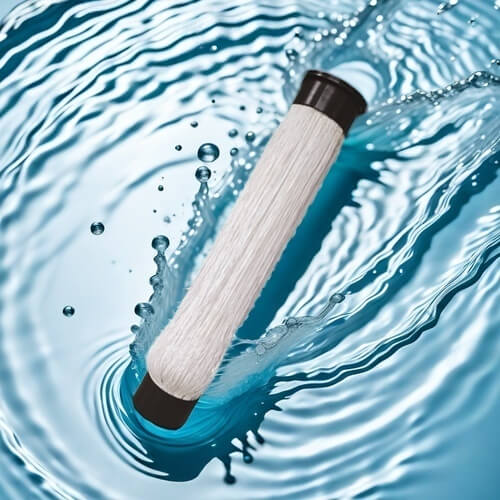Treatment technology of lipidated wastewater process
The lipidation wastewater treatment technology is a series of techniques and methods for effectively treating wastewater generated in the lipidation industry, such as animal fat processing, vegetable oil extraction, etc. This type of wastewater usually contains high concentrations of organic matter, oil, ammonia nitrogen, and other pollutants. The following are the main processes and characteristics of lipidation wastewater treatment:
1. Preprocessing stage
Solid liquid separation: Generate large particles and suspended solids through gravity and sedimentation tanks, reducing the burden of subsequent processing.
Oil water separation: using gravity settling or floating gas method to remove oil and fat from wastewater, reducing the organic burden in subsequent treatment.
2. Biochemical treatment
Anaerobic digestion: Under anaerobic conditions, anaerobic organic matter is utilized in series to produce biogas. This process can effectively remove COD and anaerobic nitrogen, and restore energy.
Aerobic biochemical treatment: further degradation of organic matter through activated sludge process or membrane bioreactor (MBR). The activity in aerobic reactors can promote the consumption of pollutants by pollutants.

3. Depth.
Advanced oxidation techniques, such as oxidation or Fenton reaction, utilize highly degradable and difficult to degrade organic solvents to increase concentration.
Membrane separation technology: using ultrafiltration (UF) and reverse osmosis (RO) for deep treatment, effectively removing dissolved salts, organic matter, and other difficult to degrade pollutants.
4. Disinfection and restoration
Disinfection treatment: Disinfection is carried out before the final effluent, and common methods include disinfection or sterilization to ensure the safety of the effluent.
Resource reuse: The treated water can be used for irrigation or industrial purposes, achieving the recycling of resources.
5. Resource utilization
Sludge treatment: The generated sludge can be utilized as a resource through anaerobic fermentation or composting, and converted into organic fertilizers for agriculture.
